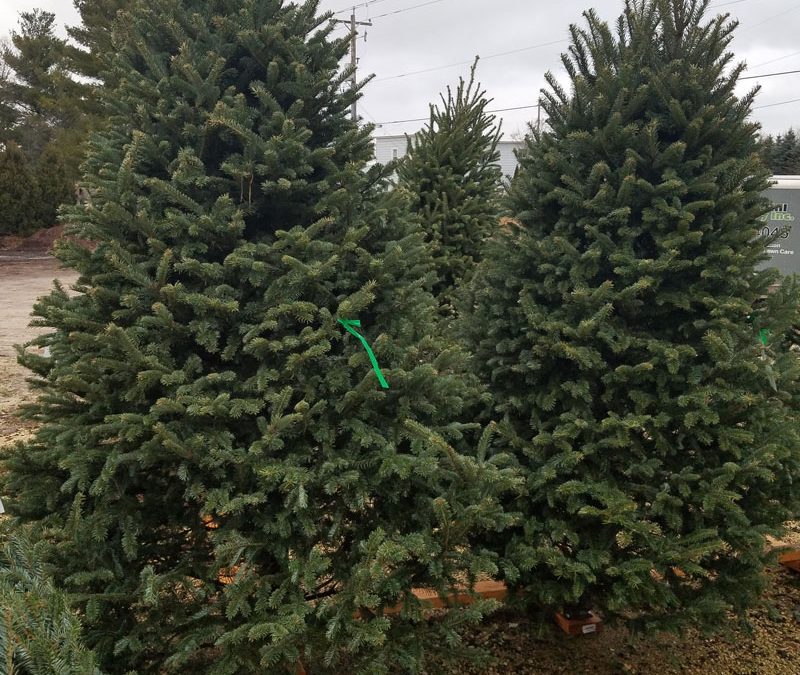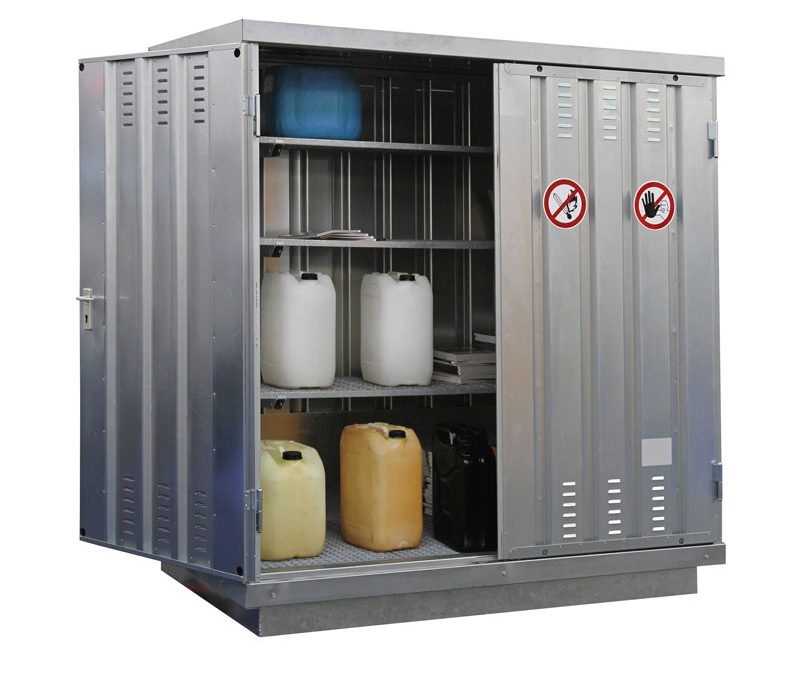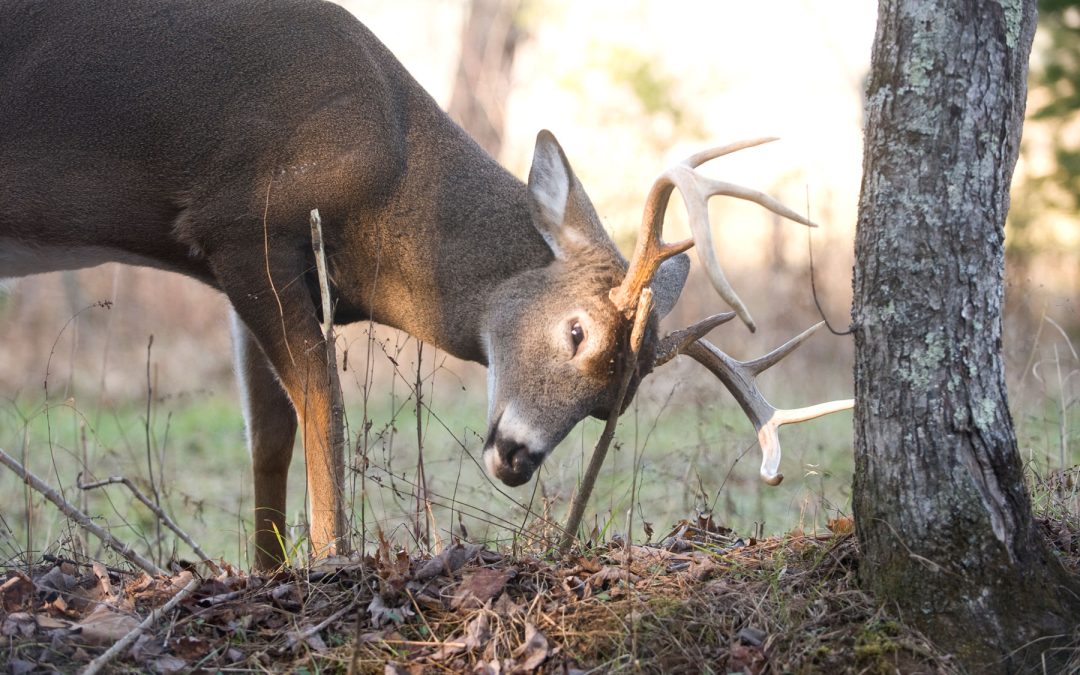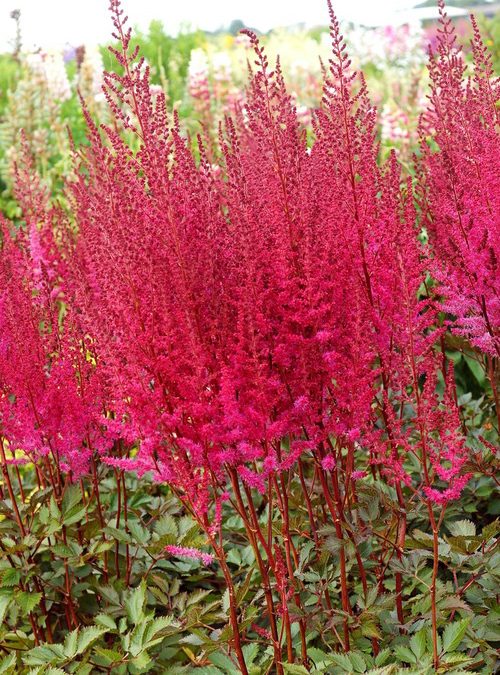
Embark on a journey of festive discovery with the range of Christmas trees we have curated for you at Heritage Hill Nursery. Our grading system is designed to cater to different aesthetic and budget preferences, ensuring that you find that perfect tree to resonate with your holiday spirit. As you navigate through our Premium, Promotional, and Economy grades, you’re not just selecting a tree, but embracing a tradition, wrapped with the timeless charm and essence of Christmas.
Premium Grade
Indulge in the perfection of our USDA Grade Premium trees, the epitome of the classic Christmas tree. With their flawless cone shape, vibrant freshness, and almost no defects, they are primed to be the centerpiece of your holiday decor. Expertly sheared throughout the growing season, these trees are meticulously pruned at the bottom and stand-ready for a grand display the moment they arrive at your home.
Promotional Grade
Our Promotional Grade trees encapsulate the charm of premium-grade trees yet with a touch of natural uniqueness. Although they may harbor a few more natural blemishes, these minor imperfections are easily overshadowed once the trees are adorned with your favorite festive decorations. Skillfully sheared and pruned to create that desirable cone-shape, these trees are a delightful blend of perfection and natural beauty, ready to brighten your home.
Economy Grade
The rustic allure of our Economy Grade trees caters to those who appreciate a more natural, unrefined beauty. These trees may not meet the stringent standards set for the higher grades, but they compensate with their natural charm and budget-friendly price tag. The slightly looser branch density of these trees not only makes them more economically priced but also provides better ornament visibility, making them a cherished choice for many of our customers.

This month, before the snow begins falling be sure to dump and clean out any planter boxes/pots and store them inside. Old planting material should be dumped onto a compost pile or taken somewhere off the property to be disposed of. Concrete planters that are too heavy to bring indoors should have as much of the potting material removed and be covered completely with tarps or covers made especially for planters, which will prevent rain or snow from settling inside and freezing.
Any moisture left inside shallow surfaces will often be subject to the expansion process of freezing/refreezing during warmer winter days and oftentimes will cause cracks to develop thus destroying the integrity of the planter.

Now that the plants are tucked away and the tools/equipment are cleaned and stored, there is nothing left to do until next season right? Not quite. Most do-it-yourselfers have purchased some sort of pesticide or fertilizer whether in liquid or granular form, during the season. Unless the chemicals have been used in their entirety, proper storage over winter will be required for not only the safety of the homeowner and environment but also for preserving the quality of the product. The most important thing to consider when storing chemicals is storing them away from children and pets.
If possible, under lock and key is advisable. The second is making sure the area is large enough to store all the fertilizers, fungicides, insecticides, and herbicides separately and has plenty of ventilation, as fumes permeating from the liquids can become toxic if inhaled. Lastly, the storage space should be protected from temperature extremes. Intense heat increases the volatility of chemicals and freezing can not only rupture containers but also alter the chemical quality of liquid products, reducing their effectiveness. How long chemicals can be effectively stored will depend on the specific information listed on the manufacturer’s label.

During the months of buck rut, young trees are most vulnerable to bark damage that occurs when bucks rub their antlers against the bark. Unfortunately, deer don’t have a tree preference and the behavior strips off bark creating large wounds leaving the tree open to disease and other organisms. If deer are prevalent and your landscape has trees that are less than four inches in diameter, proactive measures should be taken during this time. The most economical way to protect a tree is with trunk guards, or plastic sleeves that can be put around the tree during late fall through winter.
Although more costly, if the tree diameter is too large for plastic protectors then pounding 3 stakes about a foot from the base, in a tripod formation and then wrapping with either plastic netting or chicken wire making sure that the entire tree is enclosed is another effective method. All supplies should be available at places like Menards or Home Depot.

Cherry and chocolate not only make great pairings for dessert, but they also make a great pairing in your garden. At nearly 4’ tall, towering cherry-red plumes atop chocolate-red stems will brighten the shadier spots of the landscape in mid-summer. When the flowering period is over, the dark green leaves with chocolate-brown and red overtones will continue bringing color and contrast. This robust grower spreads to about 24-36” and once established, is easy to maintain, deer resistant and drought tolerant.





